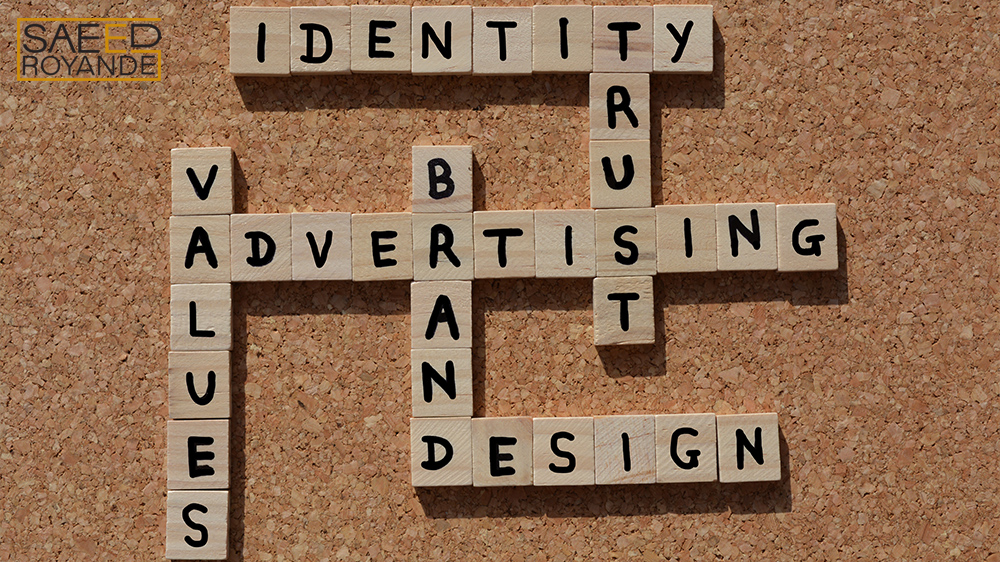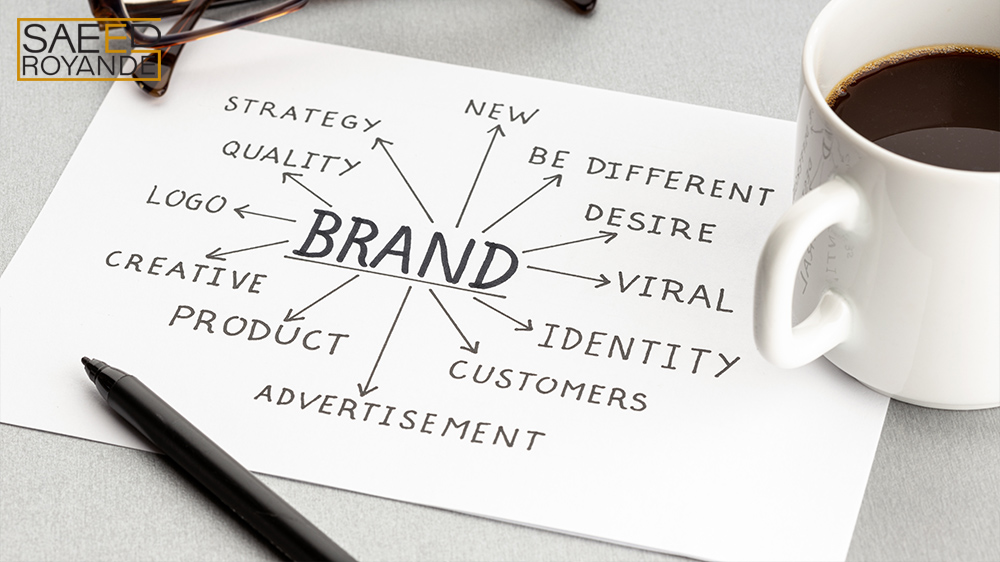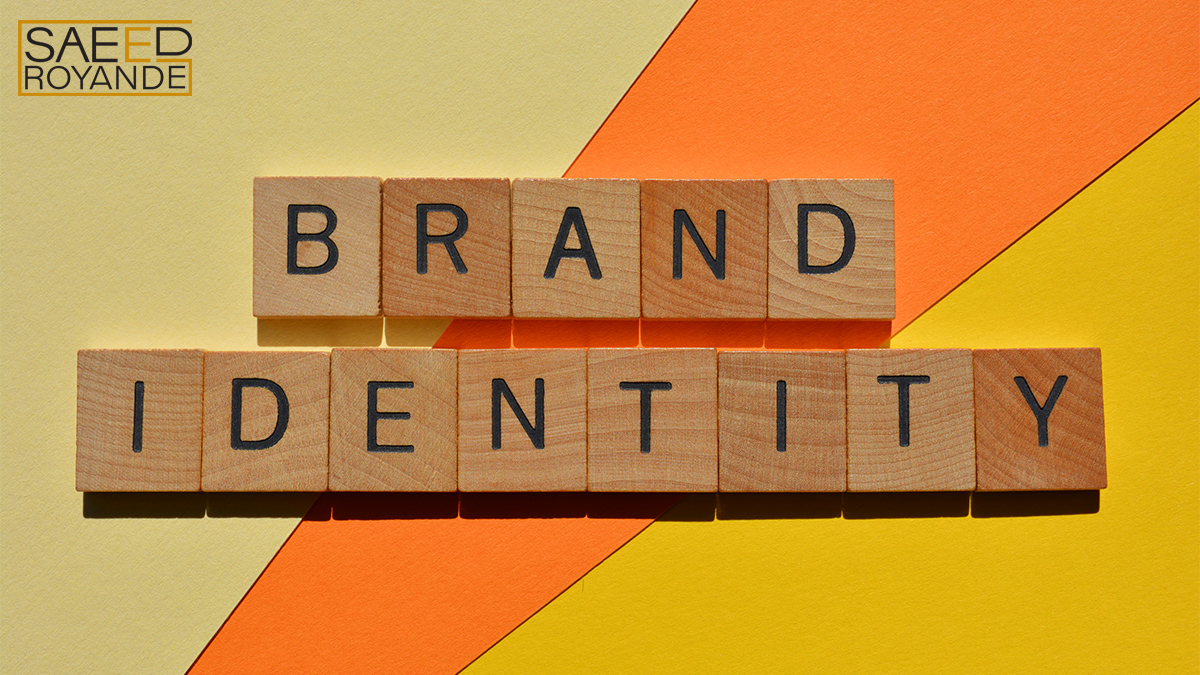Your company’s brand identity is its public persona. It goes beyond a simple emblem or catchphrase. Who you are, what you do, and how you do it is all communicated through the sum of your values, vision, mission, personality, voice, tone, style, and images. Building trust, establishing credibility, and standing out from the crowd are all facilitated by a memorable brand identity.
The Importance of Brand Identity
Numerous branding and marketing books and articles have been written about the significance of brand identity. Your company’s brand identity consists of its name, logo, design, values, personality, voice, tone, and images as they are presented to the public. It’s not all about how things look on the outside. It’s the core of your being, your work, and your methods.
Building a consistent brand identity can aid in several ways:
- Make your mark in the marketplace and set yourself out from the crowd. Distinct and memorable brand identity may set your company apart from the competition and leave a long-lasting impression on your clientele. You want clients who share your beliefs and vision, like the ones Apple has attracted and kept by being inventive, sleek, and minimalist in their product design.
- Establishing rapport with your demographic and earning their trust and respect requires a well-defined brand identity. Customers are more inclined to make purchases from recognized brands that speak to their values and interests. Customers who care about the environment are attracted to Tesla because of the company’s goal of hastening the global transition to renewable energy.
- Create a unified brand identity that can be recognized across all your media and sites. The ability to convey your message and brand’s personality clearly and consistently across all of your company’s touchpoints, from your website and social media to your advertisements and product packaging, requires a solid brand identity. This can boost your brand identification and awareness, and offer a cohesive consumer experience. For instance, the red and white Coca-Cola logo is one of the most identifiable symbols in the world.

Working on brand identity for company
Creating a Strong Brand Identity
The essence, personality, and values of your brand need to be defined and communicated to establish a solid brand identity. The following are some strategies for developing a memorable brand name:
- Investigate the market, the competition, and the market trends. Know your target audience, their wants and needs, and how they feel about your brand. You also need to determine your unique selling proposition, or what makes your brand different from competitors in your niche. Data and insights can be gathered through the use of a variety of methods, including but not limited to surveys, interviews, focus groups, and web analytics. Your brand’s mission, vision, and values need to be stated. Your brand strategy is the plan that specifies the course of your brand’s identity and directs your efforts toward your goals. A brand’s mission statement should be a short, engaging statement that explains the brand’s purpose and values
- Develop your visual identity. The visual aspects that make up your brand are the logo, color scheme, typefaces, and images that you use. An effective visual identity conveys your brand’s values and culture to the target audience consistently and memorably. Create your visual identity13 with the help of software like Canva, Adobe Illustrator, or Photoshop.
- Develop your brand voice and tone. This is the method by which you interact verbally with your target audience via your website, social media, and promotional materials. The voice and tone you use for your brand should reflect its character, values, and objectives while also connecting with its intended readership. You can use programs like Grammarly or Hemingway to improve your writing and evaluate your tone.
- Make your name known on the web. Whether via a website, social media, blog, email, or some other online medium, this is how you present your brand to the world. Create content that is interesting, useful, and follows your brand’s identity to make the most of your online presence. Build your site with WordPress or Squarespace; manage your social media and email marketing with Hootsuite, Buffer, or Mailchimp.
- Check how well you’re doing in terms of brand recognition. This is how you monitor and assess consumer reaction to your brand. Your brand’s success in the marketplace depends on how well it can achieve its objectives, satisfy its target audience, and evolve with the times. Google Analytics, Brandwatch, and SurveyMonkey are all great resources for doing just that with your brand’s identity.

Advertising values brand identity trust
The Key Elements of a Strong Brand Identity
A great brand identity relies on your brand’s distinguishing qualities, which work together to give your company a consistent, distinctive appearance. Those things are:
- Logo: One of the most crucial aspects of your brand’s identity is its logo, which serves as a visual representation of your company. Your brand’s slogan should be unique, straightforward, and easy to remember, all while conveying the company’s beliefs, personality, and promise. Nike’s iconic swoosh, for instance, alludes to the brand’s emphasis on fast, forward motion and new ideas.
- Color scheme: Your brand’s color scheme, or the combination of colors you choose to represent your company, can elicit a wide range of responses from your target audience. Your brand’s colors should reflect its values and convey the same message consistently across all of your digital properties. The primary hue of the Starbucks logo is green, which stands for “nature,” “freshness,” and “sustainability.”
- Typography: The font and layout of the text that makes up your brand’s identity can be used to communicate a variety of ideas. Your font should complement your brand, color scheme, and photography, and be legible, adaptable, and consistent. Coca-Cola, for one, utilizes a script typeface that is at once recognizable warm, and inviting, evoking feelings of nostalgia.
- Voice and tone: Your voice and tone are the verbal styles you use when interacting with customers via your website, social media, advertising, and other mediums. Your brand’s voice and tone should reflect its values, mission, and ideal customers. For example, Mailchimp uses a funny, playful, and helpful voice and tone that matches its brand’s fun and creative spirit.
- Packaging: Customers’ perceptions, satisfaction, and loyalty can be affected by the packaging in which your items and services are presented to them. It is important to convey your brand’s values and benefits to clients through the packaging, as well as appeal to their sensations and emotions. Apple, for one, promotes the high quality and design of its products by using packaging that is minimal, sleek, and attractive.
- Metaphor: Brand identities can be strengthened by the imagery that represents them. This includes things like logos, taglines, and promotional materials. Your visuals should be consistent with your brand’s logo, color palette, typeface, and voice and tone. Airbnb, for instance, promotes its brand purpose of “belonging anywhere” through the use of varied, authentic, and inspiring imagery.

Brand building process
Examples of Entrepreneurs Forming Strong Brand Identities
Entrepreneurs are those who take the risk of starting and running their enterprises in the hopes of addressing a need or filling a gap in the market. An entrepreneur’s brand identity is their public persona and the reputation they’ve built for their company. Establishing a distinct identity for their company can help startups stand out from the crowd, gain and keep consumers’ loyalty, and earn the respect of their target audiences. Here are some businesspeople who have successfully established their own identities as brands:
- Emily Weiss, CEO of Glossier, a beauty company that was once a blog but now stands for openness, honesty, and simplicity in all that it does. Glossier’s simple and clean aesthetic, pink and white color scheme, playful and welcoming voice, and diverse and authentic photography all contribute to the company’s brand identity.
- Airbnb is a platform that links tourists with hosts who can provide them with unique and local accommodations. Airbnb’s brand identity reflects its purpose to enable people to have fun with beauty and be a part of the process. Airbnb’s logo, a symbol of a community that can be altered by anybody, together with the company’s signature hues, fonts, and voice have all come to define the company’s brand. Airbnb’s mission is to make the world a place where everyone has a home.
- Tesla is a corporation that manufactures electric automobiles, solar panels, and batteries, and its CEO is Elon Musk. Tesla’s brand identity is built on the company’s logo, a stylized T representing invention and energy, as well as the company’s signature red and black color scheme, its bold and visionary voice, and its futuristic and sleek visuals.


